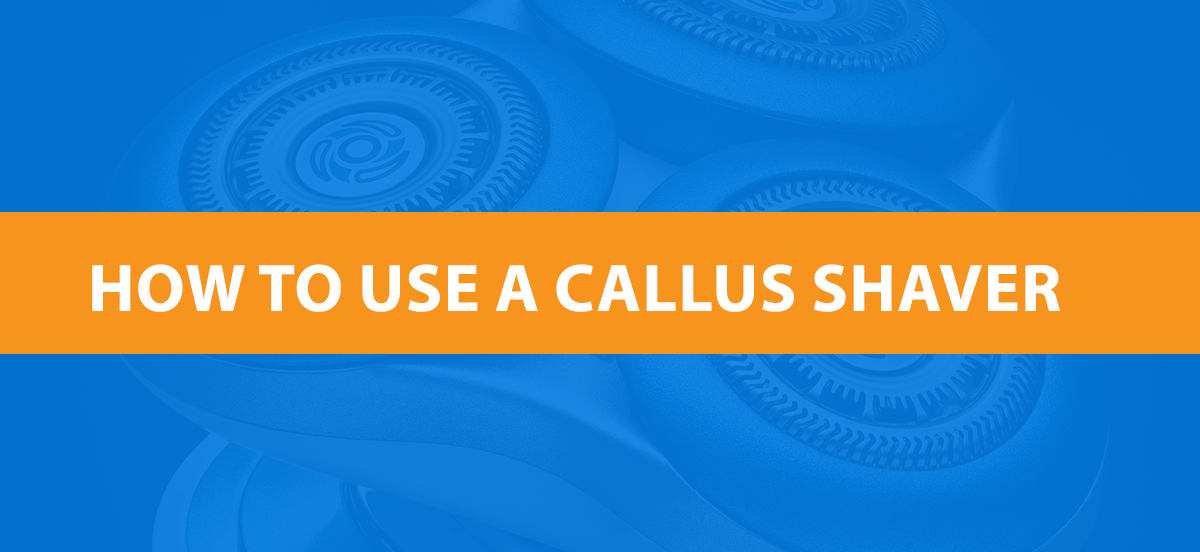
It is really surprising that most people do not even know what calluses are let alone how to treat them. Even though they are so relatively unknown, getting a callus is one of the most common issues with some heavy aerobic type sports such as rock climbing or gymnastics as the skin forms a protective layer of sorts to lessen the impact when athletes jump. What starts off as a form of protection from the body quickly may turn into a serious hindrance as the skin sometimes become too thick for the individual to even function in everyday life. What’s worse is that calluses affect both appendages and are even deadlier on the hands as you will be left unable to do even the most trivial of tasks.
When calluses form, their pain alone is quite uncomfortable; however the real problem arises when the calluses are exposed to tears, cuts or ripped skin. This is super painful to endure and may even lead to full-fledged infections which must be treated with antiseptic creams or treatments. The wise thing would be to maintain or cure your calluses from getting that far ahead. As they say, prevention is far better than a cure. If you are an athlete, you may even have heard that developing limited calluses will help you achieve your goals more easily as they reduce the impact of falls or pressure on the skin due to a production of friction. If however, you are of the opinion that a callus should be removed rather than maintained; there are always several excellent options to look into such as callus removers.
Callus removers or shavers as they are called are specialized knife like tools that are the best for removing or reducing the appearance of a callus. They are great for both medical and cosmetic removal of these pesky body formations and many beauticians routinely use them on their clients during manicures and pedicures. The bottom line is that apart from a few professional athletes, no one really likes having calluses on them as they look really unattractive and can potentially become infected if not cared for.
It is important to remember that this tool like any is a pretty dangerous one if in the wrong hands so if you feel you are inexperienced to handle it, it is always better to consult a professional. As we mentioned, the callus shaver is quite an abrasive technique to get rid of calluses which are scientifically lesions in the skin. Talking about the blade in a little bit more detail, we find that most have blades that are made from refined metal or ceramic with an angled handle so that there is a better grasp for greater control. This is a very precision based procedure and it is also risky as the blade is pretty sharp. If in some scenario, the blade is not sterilized or cleaned properly, you could end up contracting an infection that could lose you your limb.
Another thing about a callus is that they are skin deep which means that you cannot possibly expect that they will be cleared out in just one removal. It has to be a longer process which of course means that you will have to spend a lot of cash at a salon or parlor where a pro will tend to your problem areas. However since you can buy a simple callus knife almost anywhere, it is easier to do it at home too. The only thing is, since you are after all dealing with skin, it is recommended that you wait one or two days before you go back to the same area for maintenance. If the adequate time is not taken to solve that issue, you could end up with even worse a condition. Using a callus shaver or knife is not a walk in the park, but if you will follow these simple steps, you will become a pro yourself and will save a lot of money. The most important advice we can give to first time users is to proceed with caution.
The first step in any procedure is prepping the area, whether you have dry or brittle skin or really soft skin, prepping ensures that the skin will be soft enough to treat and will not become even dryer. Soak your feet or hands in a bucket or basin filled with hot water that is comfortable to the touch.
Add in your favourite essential oils and a body washing formula to remove all impurities and allow your feet to soak in this for about ten to fifteen minutes. There are also special serums or gels for this very purpose of removing calluses available in the market but we feel like doing this is just as good.
Once you feel that your feet or hands are well soaked and prepped, dry them off with a soft towel and make sure all the moisture is gone.
Next, sit cross legged on a comfortable stool or seat where your feet are well within your reach and you can work on them easily with the callus knife without any complications. It is best to do this in an area where you will not be disturbed and away from children or pets. Make sure the area is well lit so you can properly see what you are removing. Remember that you are still holding a knife and you need to be careful so in case you accidentally hurt yourself, make sure you have first aid nearby.
Finally now we are at the portion where we actually act to remove the callus from your skin. This is where you choose as the user whether you will remove your callus on wet skin or dry skin. Each has its own flaws and advantages but we do recommend a dry approach as you are better equipped to feel how much skin you can work away on.
The blade must be held at an angle away from the skin so that not too much pressure is applied on it. Always apply the least amount of pressure while moving your knife back and forth on the callus infected area. The trick is to work slowly and steadily on a single area until the skin is the same as the rest of your feet or hands. Be sure to leave a little margin if you feel a slight callus can aid you in your daily tasks and be sure to leave some work for the next session. Don’t do it all at once.
This last step might be by far the most important. Always hydrate your skin with a good cream or lotion after you are done as peeling away at the skin also dries it out in a really bad way. Especially if you have just done your first session for a particular area, you need more moisture and hydration as dry skin is more susceptible to cuts.


